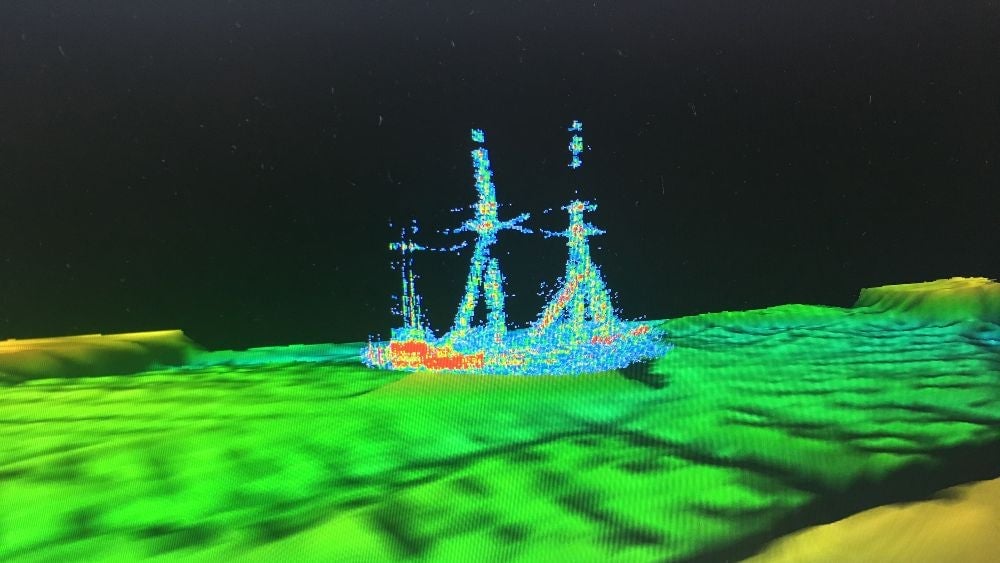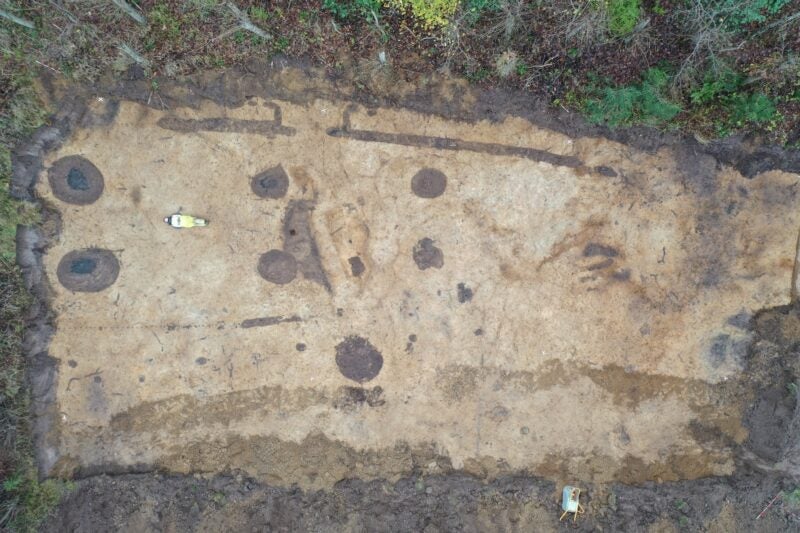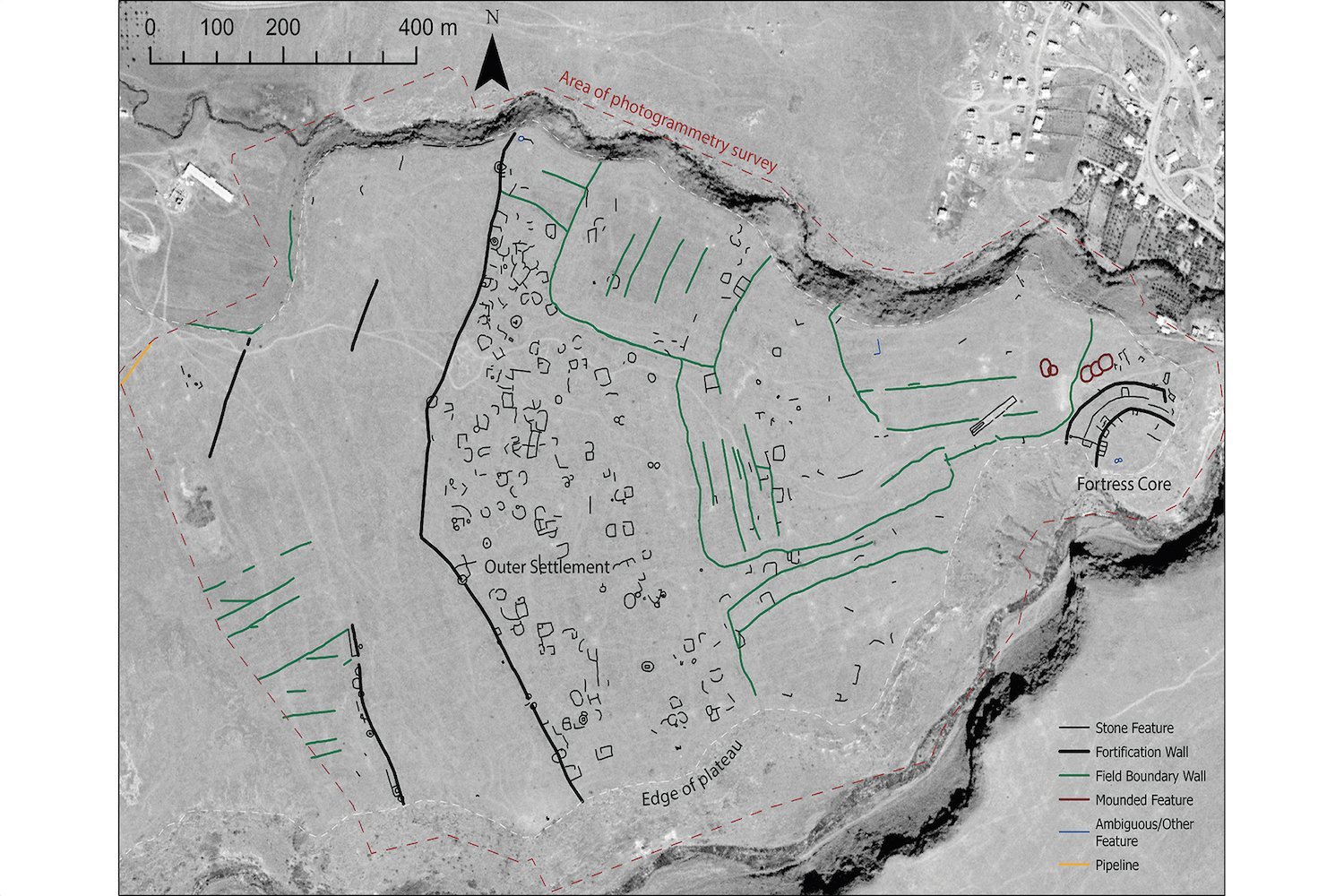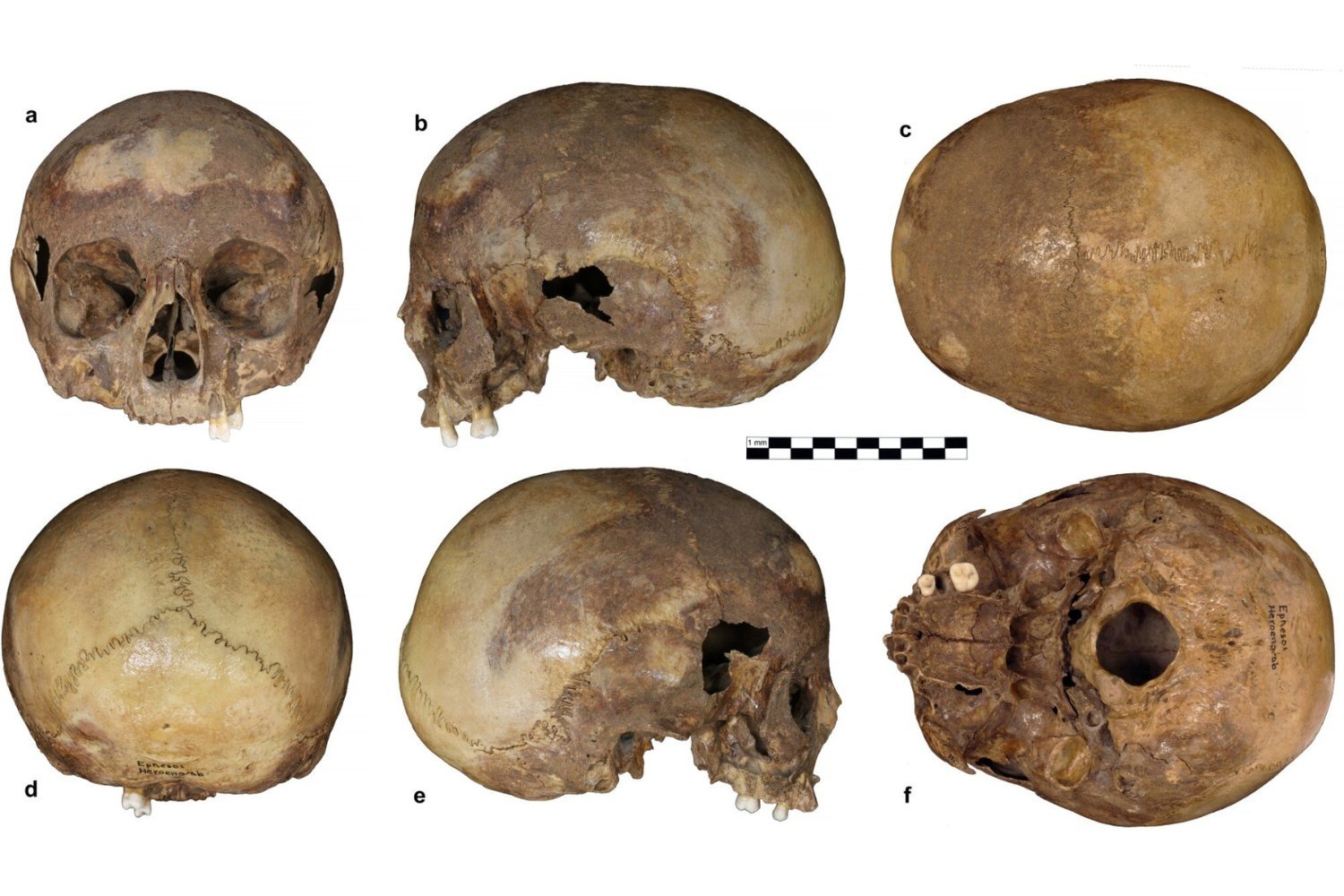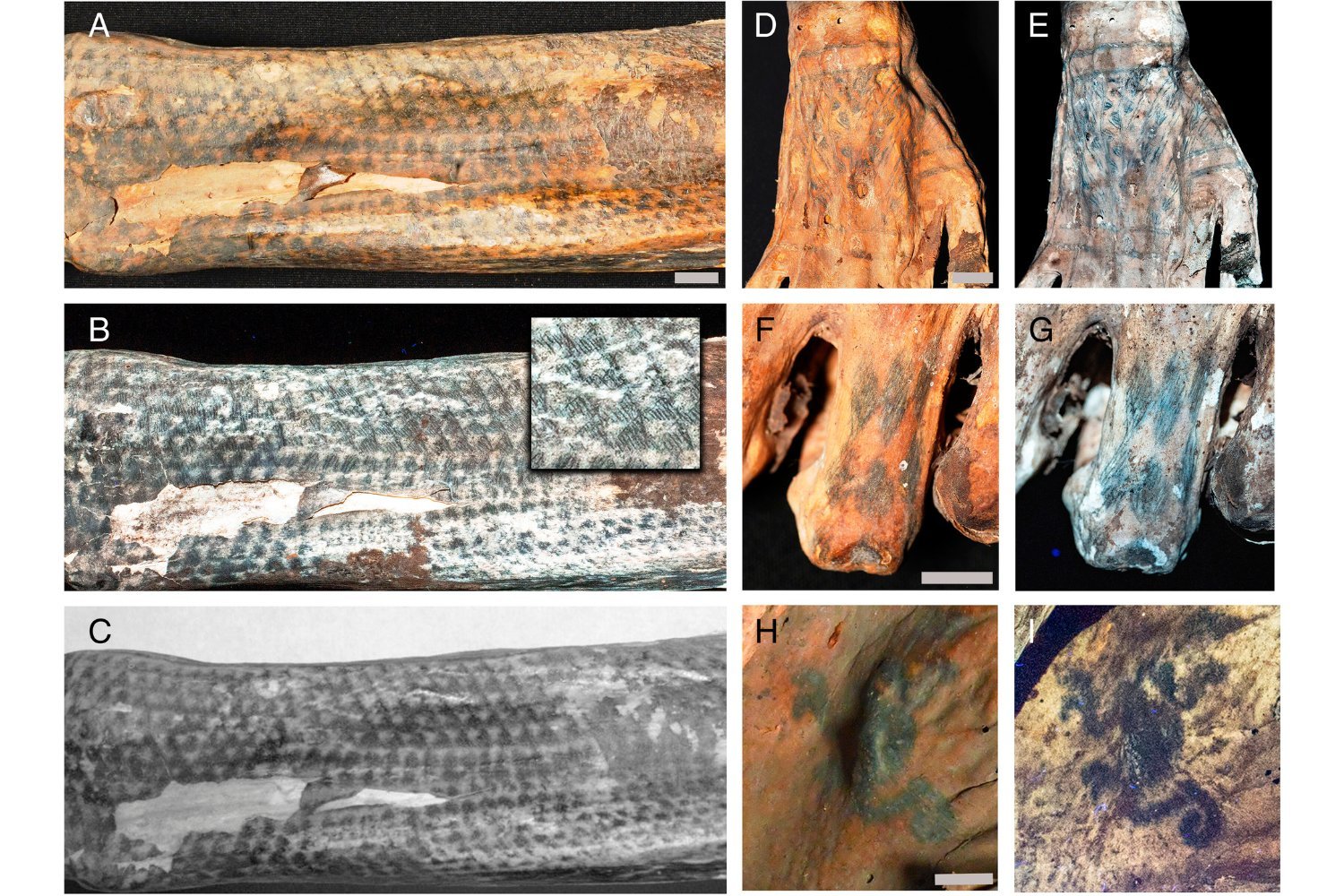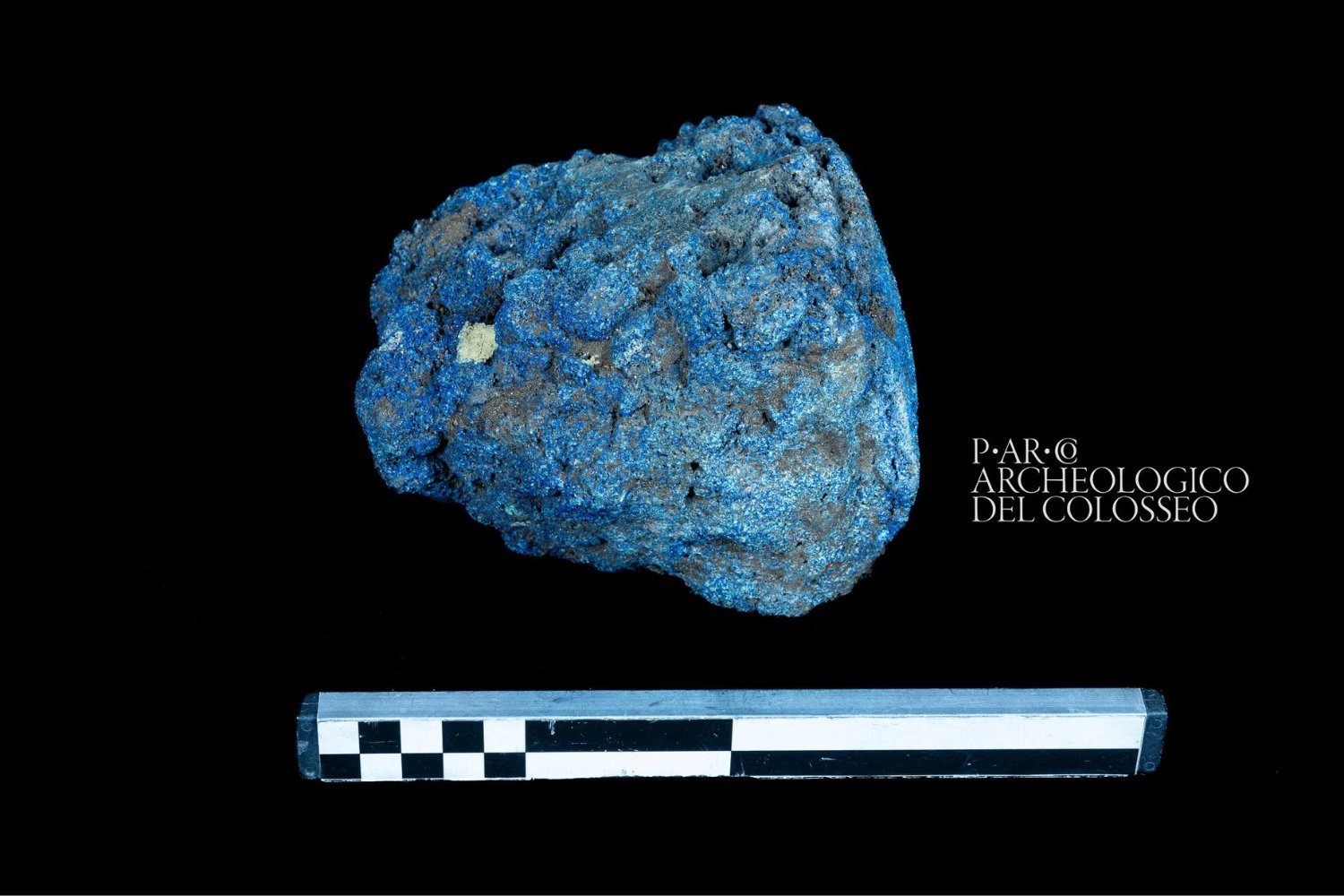The long-lost Ironton, a 191-foot (58-meter) sailing ship, has been discovered resting upright at the bottom of Lake Huron. Researchers from NOAA, the state of Michigan, and Ocean Exploration Trust located the wreck using sonar imaging in 2019, more than a century after it sank. The discovery offers a unique glimpse into Great Lakes maritime history and showcases the power of modern technology in underwater exploration.
The Ironton met its tragic end in the early morning hours of September 26, 1894, after colliding with the freight ship Ohio. The Ironton, along with another ship named Moonlight, was being towed by the steamer Kershaw across Lake Huron. When the Kershaw’s engine failed, strong winds pushed the towed vessels towards it. The crew of the Moonlight cut the tow line connecting it to the Ironton, leaving the Ironton adrift in the darkness.
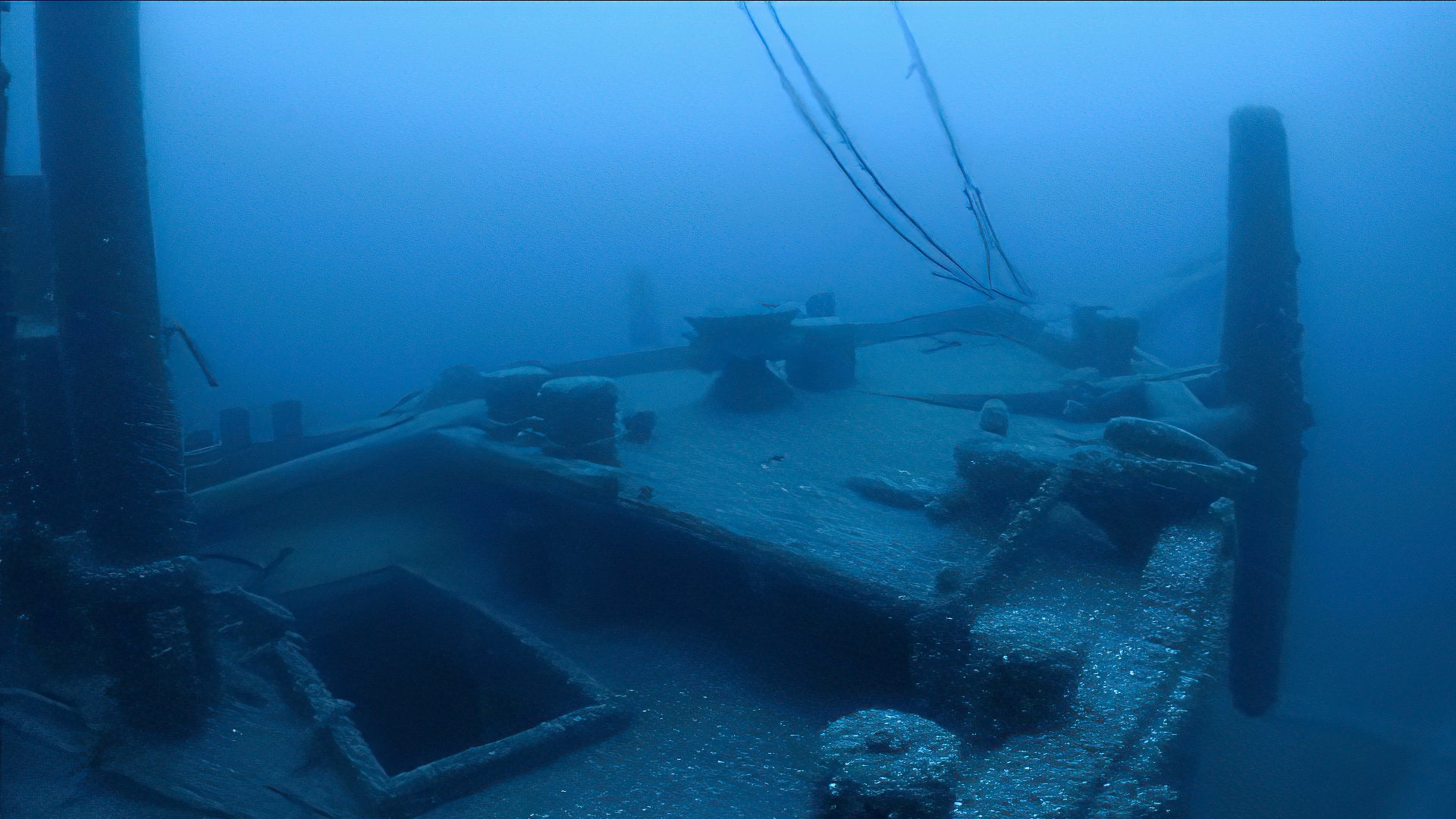 Ironton sitting at the bottom of Lake Huron.The remarkably preserved Ironton rests on the lakebed of Lake Huron.
Ironton sitting at the bottom of Lake Huron.The remarkably preserved Ironton rests on the lakebed of Lake Huron.
Driven by the wind, the Ironton collided with the Ohio, which was carrying 1,000 tons of grain. The impact tore a 12-foot (3.6-meter) hole in the Ohio’s hull. The Ironton remained afloat for about an hour before finally sinking, with only two of its seven crew members surviving.
The Search and Discovery
The search for both the Ironton and the Ohio began in 2017 by researchers from NOAA’s Thunder Bay National Marine Sanctuary. The Ohio was located first, lying beneath 300 feet (91 meters) of water. In 2019, the search for the Ironton continued with the help of the Ocean Exploration Trust, utilizing an autonomous surface vessel equipped with sonar technology called BEN (Bathymetric Explorer and Navigator).
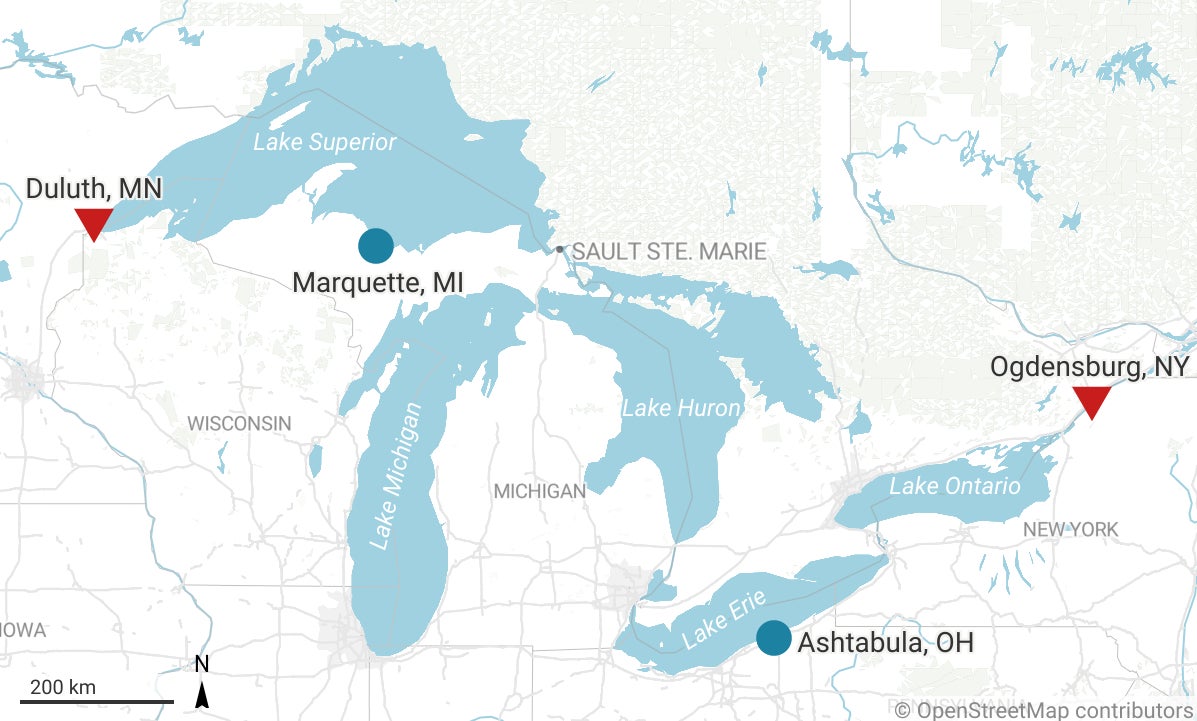 The departure and arrival point for the Kershaw, Moonlight, and Ironton (blue circles) and the Ohio (red triangles).Map illustrating the intended route of the Ironton and the path of the Ohio.
The departure and arrival point for the Kershaw, Moonlight, and Ironton (blue circles) and the Ohio (red triangles).Map illustrating the intended route of the Ironton and the path of the Ohio.
By combining sonar data, the known location of the Ohio, and historical wind and weather records, the team narrowed down the search area and eventually located a promising target. A subsequent submersible dive confirmed the wreck to be the long-lost Ironton. Remarkably, the ship sits upright on the lakebed, with its three masts and rigging still largely intact.
Significance and Future Plans
The discovery of the Ironton provides valuable insights into Great Lakes maritime history and the dangers faced by sailors in the late 19th century. Jeff Gray, superintendent of Thunder Bay National Marine Sanctuary, emphasizes the importance of using the past to inform the future. The research not only unveils a well-preserved shipwreck but also contributes to a better understanding of Lake Huron and its ecosystem.
Thunder Bay National Marine Sanctuary plans to develop educational materials and exhibits based on the Ironton wreck, allowing the public to learn from this historical discovery. The site will also be accessible to divers, offering a unique opportunity to explore this piece of maritime history firsthand. The ongoing mapping of the sanctuary promises further discoveries and a deeper understanding of the Great Lakes’ rich underwater heritage.
The Ironton discovery highlights the potential for uncovering more hidden treasures within the Great Lakes and emphasizes the importance of continued exploration and research in these waters.



